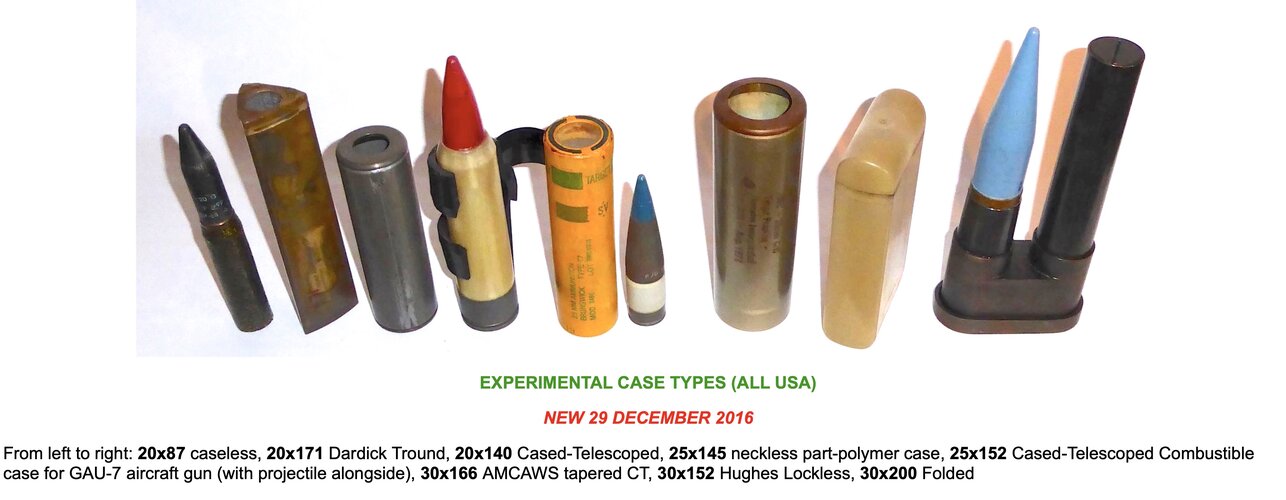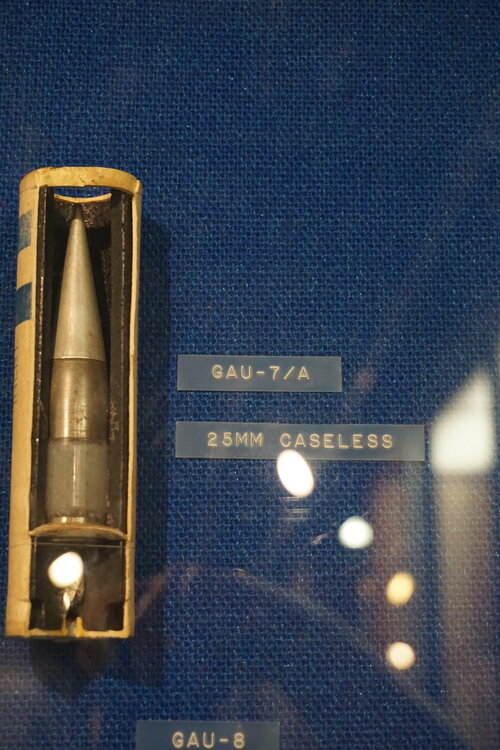crunchysuperman
ACCESS: Restricted
- Joined
- 4 March 2020
- Messages
- 7
- Reaction score
- 41
This is where all the felting operations took place, and the one building I wish I had documented before we gutted it for scrap. The combustible cases were made from a slurry of craft paper and nitrocellulose pulp that was coated onto forms, vacuumed, cured, resin dipped & then cured again - essentially making an explosive cardboard. There were enormous stainless steel tanks, pumps, slurry mixers, various mechanisms and all the controls for all of it when we got here. All this required an insane amount of water. There's a 200,000 gallon tank that fed this building alone. Between that and the 300,000 fire suppression tank, there were five well houses with 20hp submersible pumps, and an additional five wells drilled, but never used. There was a time when the small surrounding town got their water from Brunswick. The large ditch you see in the ground in front of the building was dug out as the expansion pond for drainage from manufacturing operations.

This is just a shot of some of the lower buildings as seen from the hill with the charge press building. The two on the left were mostly receiving warehouses. I don't know the original purposes for the ones on the right, but they were being used in the 80's for various aircraft & mobile shelter parts plating. Some F117 work was done in that second building from the right in the early 80's. You can see the office building up on the left.
You can also see a little bit of the buildings up the hill back in the trees. That's where the really nasty stuff took place with the CS gas production.

But wait - there's more! Some documentation & work instructions I scanned.
Phase IV technical proposal. Starts with "Section III" and I have no idea what sections 1 or 2 were.
http://crunchysuperman.freeservers.com/brunswick/GAU7A Phase IV.pdf
Operator work instructions for outer case felting.
http://crunchysuperman.freeservers.com/brunswick/outer case instructions.pdf
Air Force report after an attempt was made to switch from nitrocellulose to plastic for the outer case material. I didn't scan this one, but rather found it online during some investigations.
http://crunchysuperman.freeservers.com/brunswick/GAU-7A Brunswick.pdf
This is just a shot of some of the lower buildings as seen from the hill with the charge press building. The two on the left were mostly receiving warehouses. I don't know the original purposes for the ones on the right, but they were being used in the 80's for various aircraft & mobile shelter parts plating. Some F117 work was done in that second building from the right in the early 80's. You can see the office building up on the left.
You can also see a little bit of the buildings up the hill back in the trees. That's where the really nasty stuff took place with the CS gas production.
But wait - there's more! Some documentation & work instructions I scanned.
Phase IV technical proposal. Starts with "Section III" and I have no idea what sections 1 or 2 were.
http://crunchysuperman.freeservers.com/brunswick/GAU7A Phase IV.pdf
Operator work instructions for outer case felting.
http://crunchysuperman.freeservers.com/brunswick/outer case instructions.pdf
Air Force report after an attempt was made to switch from nitrocellulose to plastic for the outer case material. I didn't scan this one, but rather found it online during some investigations.
http://crunchysuperman.freeservers.com/brunswick/GAU-7A Brunswick.pdf






